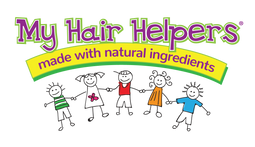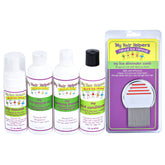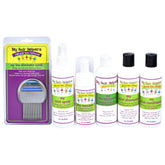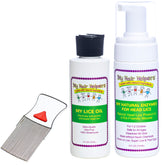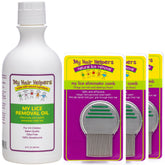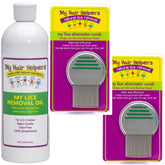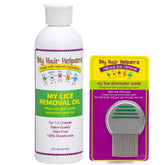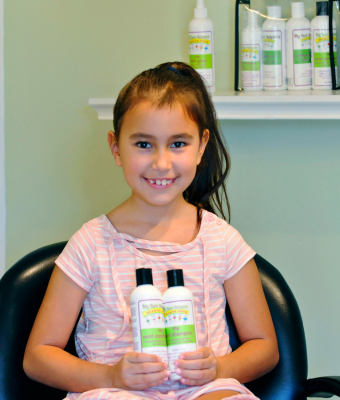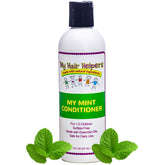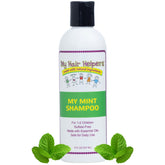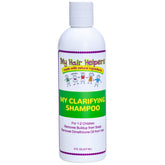CAN HAIR DYE KILL HEAD LICE?

When dealing with head lice, many people seek out unconventional methods before turning to medical treatments, one of which is using hair dye. The notion that hair dye can bring a lice infestation to its end has circulated for years, leading to its popular use among those desperate for a solution. But how effective is this method really? Let's explore whether hair dye can truly be a remedy for lice and what considerations should be taken into account.
Understanding Lice
Head lice are tiny, wingless insects that feed on human blood and live close to the scalp. They are not a sign of poor hygiene but are highly contagious, spreading quickly through direct contact or shared items like hats and brushes. Because they are mostly spread through head-to-head contact, lice are most common among kids who share close spaces together, such as at school, daycare or summer camp.
Hair Dye as a Lice Solution
Hair dye, particularly permanent dye, contains chemicals such as ammonia and hydrogen peroxide. These substances are designed to penetrate the hair shaft and alter the hair's natural color. Some believe that these strong chemicals can also terminate lice and their eggs (nits). However, the effectiveness and safety of this method are subjects of debate.
Effectiveness:
- Lice: There is anecdotal evidence that suggests the chemicals in permanent hair dyes might extinguish adult lice. However, lice are highly adaptable creatures, and their increasing resistance to various substances makes this method less reliable.
- Nits: Hair dye is significantly less effective at overturning nits. These eggs are protected by a hard shell that chemicals often cannot penetrate. Without putting a stop to the nits, re-infestation is likely once they hatch.
Safety:
- Using hair dye to address lice involves applying chemicals designed for adult use, which can be harsh, especially on children’s sensitive scalps. The risk of allergic reactions, skin irritation and other potential side effects makes this a less advisable option for dealing with lice.
Medical and Alternative Treatments
Rather than relying on hair dye, there are better methods out there that have been proven to work:- Over-the-counter (OTC) solutions: Products containing permethrin or pyrethrin can terminate lice. However, there are a couple of things to know about these products. First, they do contain harmful and potentially toxic ingredients that are known to cause skin irritation and breathing problems in children. Second, lice are adapting to these ingredients, so they are turning up to be less and less effective.
- Prescription options: For severe cases or lice resistant to OTC products, prescription medications are available. Again, these products can also contain harsh ingredients, and you’ll need to schedule a doctor’s appointment for your child.
- Manual removal: Using a fine-toothed nit comb to manually discard lice and nits is a chemical-free option that can be very effective, especially when combined with other solutions. In fact, here at My Hair Helpers, we recommend taking a peak once a week with a lice comb to avoid re-infestation. It’s a wonderful method that works well and keeps your child free of lice!
- Natural remedies: Some people opt for natural substances like tea tree oil or coconut oil, although these are less scientifically supported for effectiveness against lice. And, they can be messy and time-consuming, allowing the infestation to grow in the meantime!
- Dimethicone: Dimethicone is a safe, effective solution for quashing head lice. It’s FDA approved for use in kids and adults of all ages. Rather than disrupting lice from the inside out, dimethicone traps them, slows them down making them easier to comb out and remove them.
Prevention and Management
Preventing lice from spreading is crucial. Remind your child to avoid head-to-head contact during play or other interactions. Even innocent things like taking a selfie can be an opportunity for transmission. Do not share items that touch the head, such as combs, hats and towels. This is especially important during school and sports. Lice hate the smell of mint, so a mint lice spray is vitally important. Finally, regularly clean items that may be contaminated. While far less likely as lice can only survive off a host for a day or two, it’s an extra level of protection.
